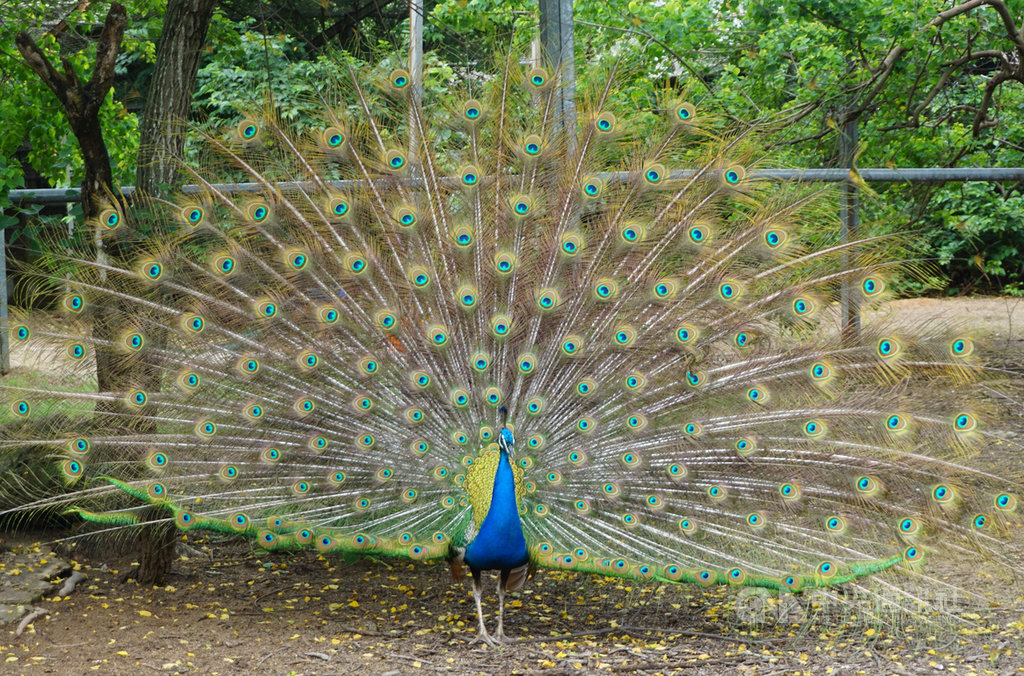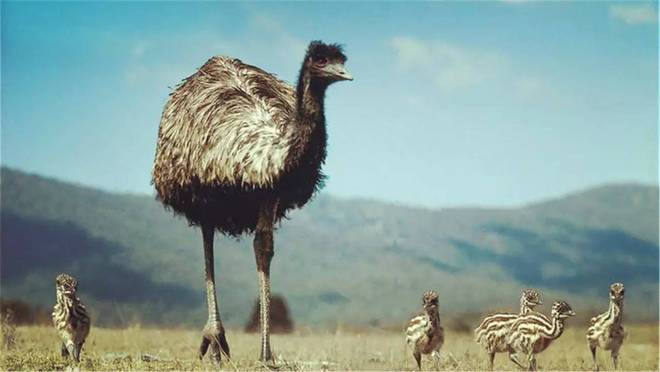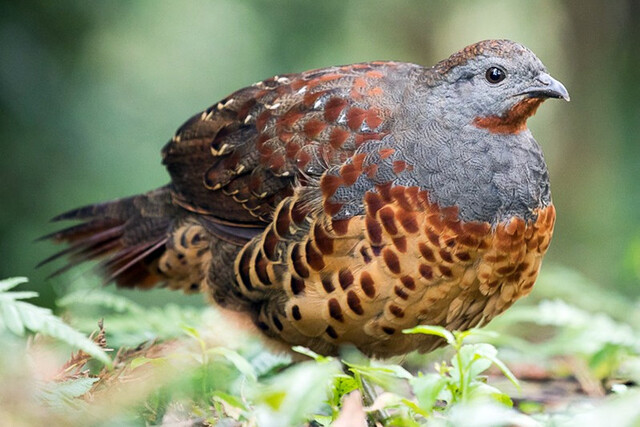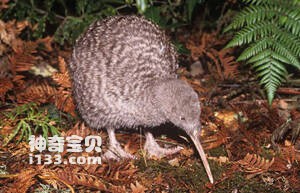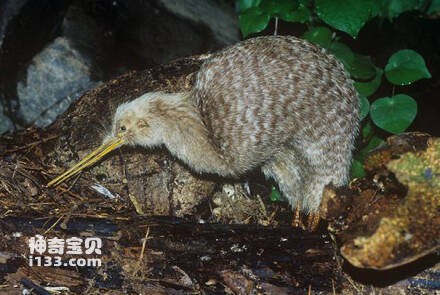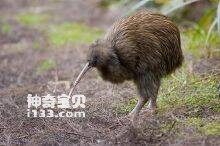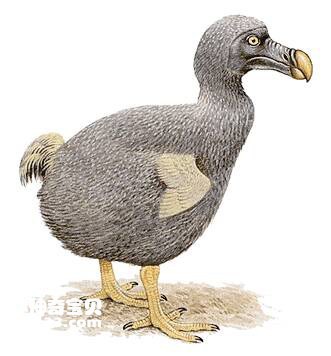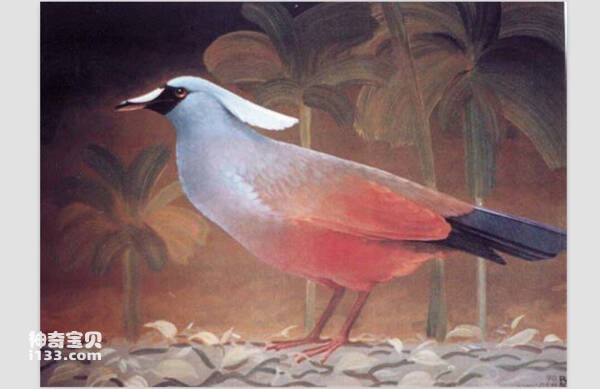Pauxi unicornis
IUCN
LCBasic Information
Scientific classification
- name:Pauxi unicornis
- Scientific Name:Pauxi unicornis,Horned Curassow
- Outline:Landfowl
- Family:Chickeniformes P.family P.Genus
Vital signs
- length:85-95cm
- Weight:No textual research information is available
- lifetime:No textual research information is available
Feature
It has long blue fleshy horns, protruding from the bright red beak
Distribution and Habitat
It is found in central Bolivia. The Horned Helmeted pheasant lives in Bolivia's Amboro and Carrasco National parks and adjacent areas. In Ceros de Vala, Puno, Peru, in 1992, only one horned Helmeted pheasant was observed outside these protected areas.
Appearance
The horned crested pheasant is a large forest bird. It is 85-95 cm long. It has long blue fleshy horns, protruding from the bright red beak. The male's plumage is predominantly black, with a snowy white underbelly and tail concealment. The broad tail tips white and the legs pale red. The sexes are similar, but the white part of the male's plumage is dark reddish-brown in the female.
Details
The Horned Curassow (Pauxi unicornis) was once divided into two subspecies, the named subspecies and the Peruvian subspecies. In 2014, the Peruvian subspecies was recognized as a separate species, the Peruvian Helmeted Pheasant. The difference between the two is that the Peruvian Helmeted pheasant is smaller and wider, and the white tip of the tail is darker.

Listed on the International Union for Conservation of Nature (IUCN) 2016 Red List of Threatened Species ver 3.1 - Critically Endangered (CR).
Protect wild animals and eliminate wild meat.
Maintaining ecological balance is everyone's responsibility!

